Towards dynamic hp-adaptation of massive unstructured grids for turbulent flows
Please login to view abstract download link
With the steady increase of the power of parallel super-computers, 3D unsteady simulations offer a great potential to study multi-physics turbulent flows in complex geometries. However, the simulation of highly non-linear phenomena such as shocks, reactive fronts or gas/liquid interfaces require very accurate numerical methods and high resolution to capture interface dynamics. While most direct numerical simulations of turbulent flows with discontinuities are carried out with structured grids or Cartesian-based Adaptive Mesh Refinement, recent advances in numerical methods for tetrahedron-based meshes and parallel h-adaptation strategies [1] raise the attractiveness of unstructured grids. The use of tetrahedra has two advantages for practical configurations: complex geometries are easily meshed and the mesh is locally more isotropic than Cartesian grids. However, on these unstructured grids, the increase of the convergence order of the numerical schemes is difficult. Recent work within the framework of pair-based finite-volume methods [2] has shown that schemes of higher-order can be derived. Coupling these schemes with shock-capturing low-order schemes paves the way to p-adaptation. This presentation will detail the h- and p-adaptation methodologies and the coupling of these two techniques to achieve hp-adaptation. All this framework has been heavily optimized to reach good performances with grids of several billion cells on more than 10 000 cores. H-adaptation relies on the remeshing library MMG (www.mmgtools.org) [2], which guaranties high-quality 2D and 3D unstructured grids. Several demonstrations ranging from shock/helium bubble interactions to complex 3D deflagration to detonation simulations will also be presented and the performances will be thoroughly discussed. REFERENCES [1] BALARAC, G., BASILE, F., BENARD, P., BORDEU, F., CHAPELIER, J.-B., CIRROTTOLA, L., CAUMON, G., DAPOGNY, C., FREY, P., FROEHLY, A., GHIGLIOTTI, G., LARAUFIE, R., LARTIGUE, G., LEGENTIL, C., MERCIER, R., MOUREAU, V., NARDONI, C., PERTANT, S. & ZAKARI, M. (2022) MathematicS In Action 11 (1), 129–164. [2] BERNARD, M., LARTIGUE, G., BALARAC, G., MOUREAU, V. & PUIGT, G. (2020) International Journal for Numerical Methods in Fluids 92(11), 1551-1583. [3] DAPOGNY, C., DOBRZYNSKI, C., FREY, P. (2014) J. Comp. Phys., 262(1).

